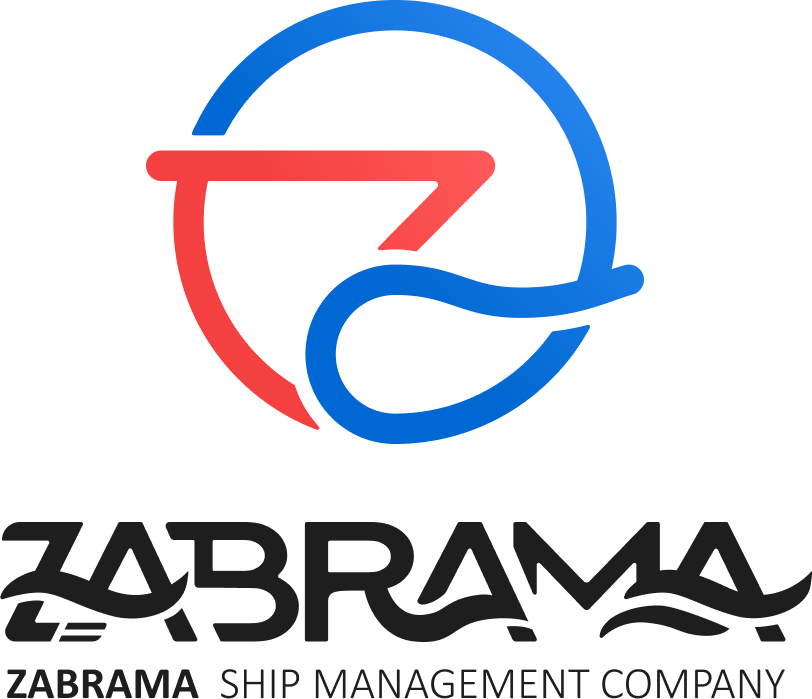The maritime shipping industry, essential to global trade, is increasingly focusing on sustainability. In 2022, environmental concerns grew as the industry continued efforts to reduce emissions, adapt greener technologies, and comply with evolving regulations.
Emission Reduction Initiatives
In 2022, the International Maritime Organization (IMO) maintained its commitment to reducing greenhouse gas emissions by at least 50% by 2050. To meet these goals, shipping companies invested in low-carbon fuel technologies, including LNG (liquefied natural gas), hydrogen, and biofuels, which have lower carbon footprints than traditional marine fuels. However, accessibility and infrastructure challenges limited their widespread adoption.
To further reduce emissions, vessels increasingly utilized slow steaming (reducing speed to decrease fuel consumption), especially on longer routes. This practice, along with other operational efficiencies, helps lower CO₂ emissions. Carbon capture technologies also gained attention, although they are still in the testing phase.
Transition to Alternative Fuels
Alternative fuels played a key role in the shift towards sustainable shipping in 2022. LNG emerged as a popular choice for new vessels, significantly reducing sulfur oxide (SOx) and nitrogen oxide (NOx) emissions, though it still releases methane, a potent greenhouse gas. Ammonia and hydrogen are promising zero-emission fuels, but the infrastructure for widespread adoption remains limited.
Biofuels offered a readily available alternative, as they can be used in existing engines with minimal modifications. Despite their higher cost, they allowed companies to reduce emissions without replacing entire fleets, proving to be a practical interim solution.
Green Technology and Digitalization
2022 saw continued investment in green technology and digital solutions to optimize vessel operations. Technologies such as automated route optimization, weather routing, and hull cleaning systems improve fuel efficiency, reducing overall environmental impact. Digital monitoring systems also allowed companies to track fuel consumption and emissions in real time, enhancing sustainability reporting.
Additionally, air lubrication systems, which reduce hull friction by creating a layer of air bubbles, were tested for their ability to reduce fuel consumption. Energy-efficient retrofitting of existing vessels also gained momentum, allowing older ships to comply with emerging standards without full replacement.
Regulatory Compliance and Industry Initiatives
The IMO’s Energy Efficiency Existing Ship Index (EEXI) and Carbon Intensity Indicator (CII), implemented in 2022, set new standards for monitoring and reducing emissions, pushing companies to adopt greener technologies. Many companies joined industry-led initiatives, like the “Getting to Zero Coalition,” which aims to deploy commercially viable zero-emission vessels by 2030.
Regional regulations, such as the European Union’s decision to include maritime shipping in its Emissions Trading System (ETS), further motivated companies to accelerate green initiatives. With ETS implementation, ship operators will face financial incentives to cut emissions, aligning European fleets with global sustainability standards.
Challenges and Future Outlook
Despite progress, the path to zero emissions is challenging. High costs of new technology, limited alternative fuel infrastructure, and varying regulations between regions complicate the adoption of sustainable practices. Nonetheless, innovations in green fuels, digital solutions, and efficiency upgrades make it likely that the industry will continue to reduce its environmental footprint.
In summary, 2022 marked a significant step forward in maritime sustainability. Through collaborative efforts, regulatory pressure, and technological advancements, the industry is progressing toward a more sustainable future, with the goal of eventually achieving zero emissions.


